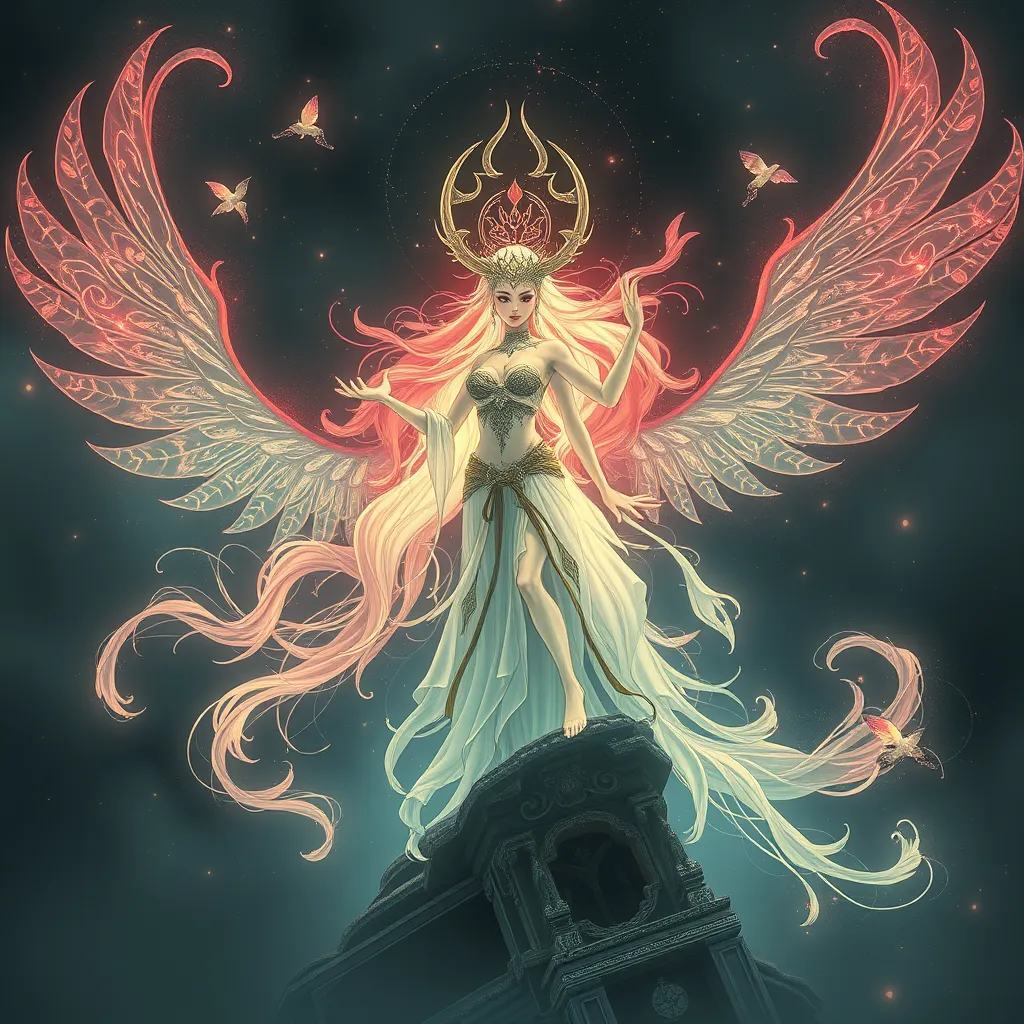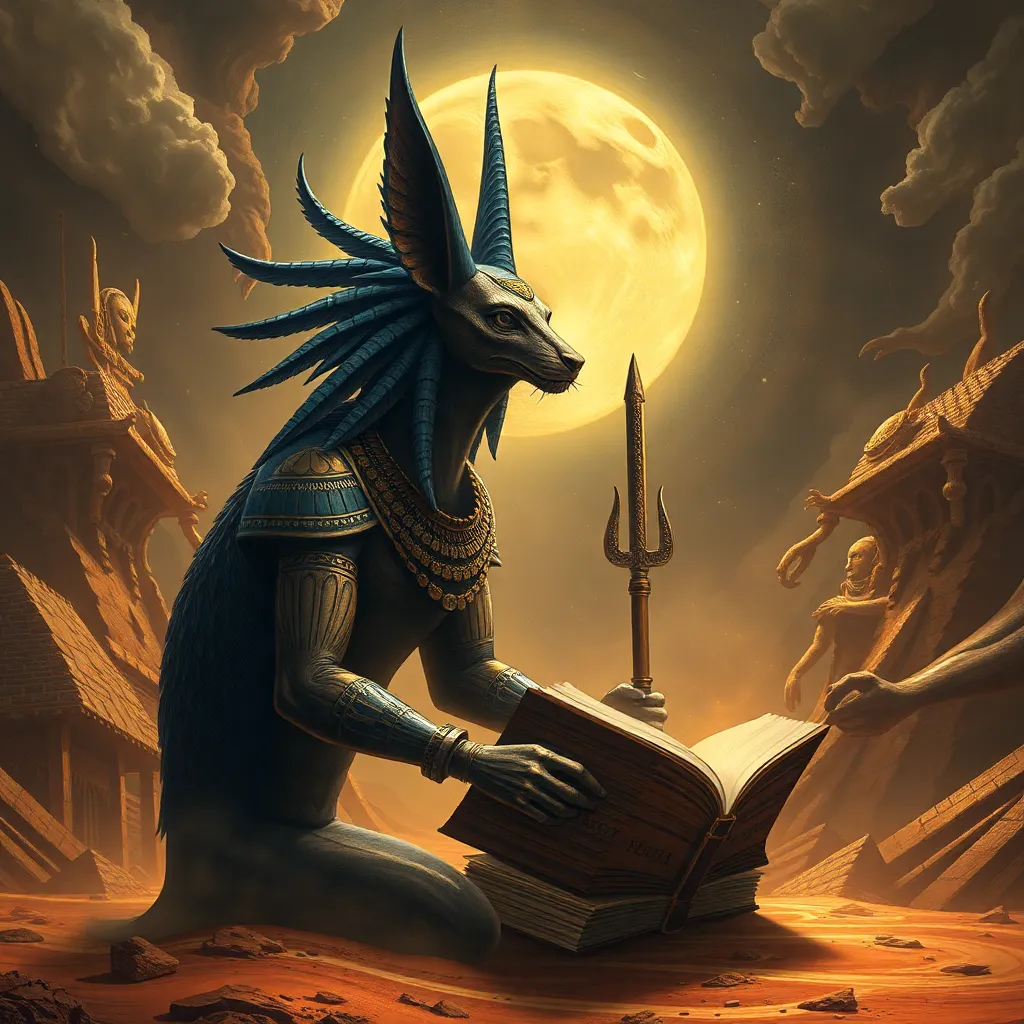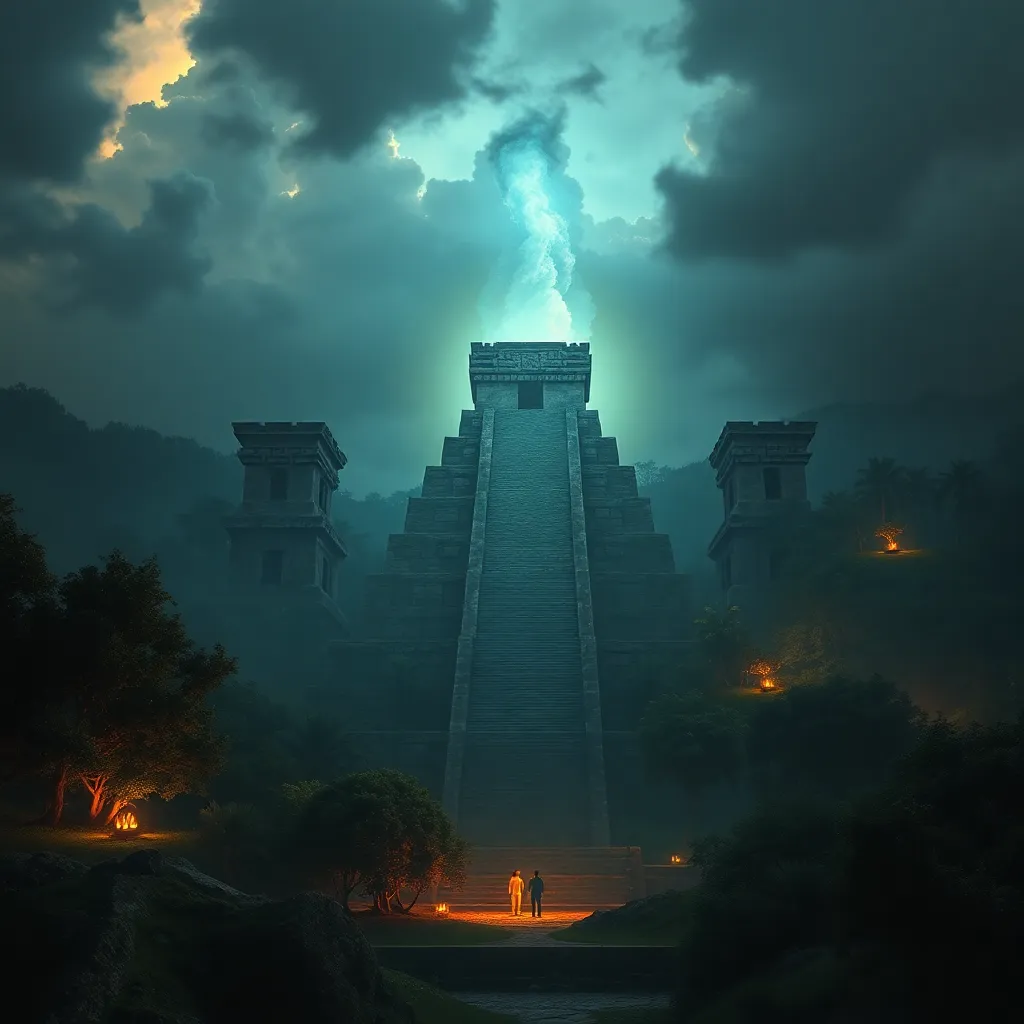Celestial Creatures: Dragons, Griffons, and Other Mythical Beasts of the Sky
I. Introduction to Celestial Creatures
Celestial creatures in mythology refer to fantastical beings that are often associated with the sky and the heavens. These creatures embody various aspects of nature, power, and spirituality, making them significant in cultural narratives across the world.
Dragons, griffons, and other mythical beasts have captivated human imagination for centuries, serving as symbols of strength, protection, and mystery. They appear in legends and folklore, representing the complexities of human fears, aspirations, and values.
This article aims to explore the lore and cultural impact of these celestial creatures, delving into their origins, symbolism, and their lasting legacy in contemporary society.
II. The Origins of Dragons in Mythology
A. Historical accounts of dragons in various cultures
Dragons are perhaps one of the most recognizable mythical creatures, appearing in various forms across different cultures. Their origins can be traced back to ancient civilizations, where they held significant meaning.
- Eastern dragons: In many Asian cultures, dragons symbolize wisdom, strength, and auspiciousness. Unlike their Western counterparts, Eastern dragons are often benevolent beings associated with water, rainfall, and fertility.
- Western dragons: Typically depicted as fearsome, fire-breathing beasts, Western dragons often represent chaos and destruction. They are frequently portrayed as guardians of treasure or as adversaries to be vanquished by heroes.
B. Evolution of dragon myths over time
Over time, dragon myths have evolved, shaped by cultural exchanges and changing societal values. In medieval Europe, dragons became emblematic of evil, while in some cultures, they are revered as protectors or embodiments of natural forces.
C. Dragons in contemporary culture
Today, dragons continue to thrive in literature, film, and other media, taking on new forms and meanings. Characters like Smaug from J.R.R. Tolkien’s “The Hobbit” or the dragons in HBO’s “Game of Thrones” highlight the complexity and depth of these creatures, appealing to modern audiences.
III. The Majestic Griffon: A Hybrid Guardian
A. Description and characteristics of griffons
The griffon is a legendary creature with the body of a lion and the head and wings of an eagle. This hybrid creature symbolizes the union of strength and nobility, embodying both terrestrial and celestial qualities.
B. The griffon’s role in ancient mythology and folklore
In ancient mythology, griffons were often depicted as guardians of treasures and sacred places. They were believed to protect the gold in the mountains and were featured prominently in the art and architecture of ancient civilizations, including the Greeks and Egyptians.
C. Symbolism and representation in art and literature
The griffon represents courage, wisdom, and vigilance. In art and literature, griffons are often shown as loyal companions or fierce protectors, reinforcing their status as noble guardians.
IV. Other Notable Sky Beasts
A. Overview of various mythical creatures associated with the sky
Besides dragons and griffons, numerous other mythical creatures are associated with the sky:
- Phoenix: A symbol of rebirth and immortality, the phoenix is known for rising from its ashes after death, representing the cycle of life.
- Roc: A giant bird from Middle Eastern folklore, the roc is said to be capable of carrying off elephants and is often depicted in adventurous tales.
- Thunderbirds: In Native American mythology, thunderbirds are powerful spirits associated with storms and thunder, often seen as protectors of the people.
B. Comparative analysis of their traits and stories
Each of these creatures embodies unique traits and stories, reflecting the values and beliefs of the cultures they originate from. While the phoenix emphasizes regeneration, the roc and thunderbird highlight power and protection, showcasing the diversity of sky beasts in mythology.
V. Cultural Significance of Sky Creatures
A. The role of mythical beasts in folklore and storytelling
Mythical beasts play a crucial role in folklore, serving as allegories for human experiences and emotions. They facilitate storytelling, allowing cultures to convey moral lessons, societal values, and shared histories.
B. Influence on religion, spirituality, and societal values
Many sky creatures have been woven into religious narratives, symbolizing divine intervention or celestial authority. Their stories often reflect the human quest for understanding the mysteries of existence.
C. Modern interpretations and adaptations in media
In contemporary media, these mythical creatures are reimagined in various forms, from animated films to blockbuster franchises, illustrating the enduring fascination with their symbolism and narratives.
VI. Celestial Creatures in Popular Culture
A. Representation in literature, films, and video games
Celestial creatures have found a prominent place in popular culture, influencing genres ranging from fantasy literature to blockbuster films and video games. They serve as central characters or significant motifs, enriching the narrative landscape.
B. Iconic portrayals and their impact on public perception
Characters like the dragons in “How to Train Your Dragon” or the griffons in “The Chronicles of Narnia” have shaped public perception, transitioning these mythical beasts from terrifying entities to beloved figures.
C. The resurgence of interest in fantasy and mythical creatures
The rise of fantasy media has sparked renewed interest in mythical creatures, encouraging exploration of their roots and significance in various cultures. This resurgence reflects a collective yearning for wonder and escapism.
VII. The Symbolism of Flight and Freedom
A. The metaphorical significance of flying creatures in myths
Flying creatures often symbolize freedom, transcendence, and the human desire to rise above earthly limitations. Their ability to soar through the skies resonates deeply with aspirations for liberation and exploration.
B. Exploration of themes of freedom, power, and transcendence
Thematically, these creatures encapsulate the duality of power and vulnerability, illustrating the struggle between earthly constraints and the desire for spiritual ascent.
C. Reflection on how these themes resonate in contemporary society
In today’s world, the themes of flight and freedom continue to resonate, inspiring individuals to pursue their dreams and break free from societal constraints, much like the mythical sky beasts that inspire them.
VIII. Conclusion: The Enduring Legacy of Celestial Creatures
A. Summary of the cultural and symbolic importance of dragons, griffons, and other sky beasts
Dragons, griffons, and other celestial creatures hold profound cultural and symbolic significance. They embody humanity’s fears, dreams, and moral lessons, enriching our understanding of the world and ourselves.
B. The ongoing fascination with mythical creatures in human imagination
The allure of these mythical beings persists, inviting exploration and reinterpretation across generations. They remain a testament to the power of storytelling and imagination.
C. Call to explore and appreciate the rich tapestry of mythological heritage
As we continue to navigate an increasingly complex world, let us take the time to explore and appreciate the rich tapestry of our mythological heritage, celebrating the celestial creatures that inspire us to dream and believe in the extraordinary.



